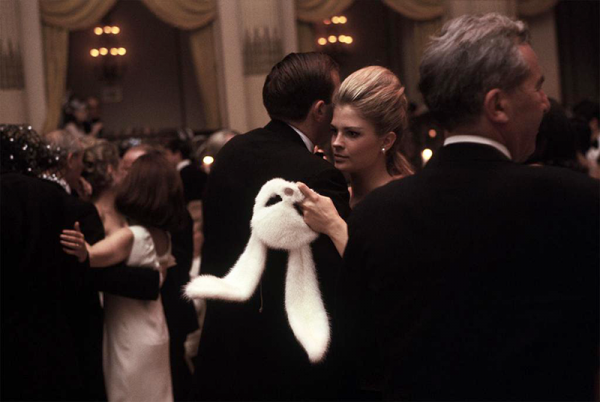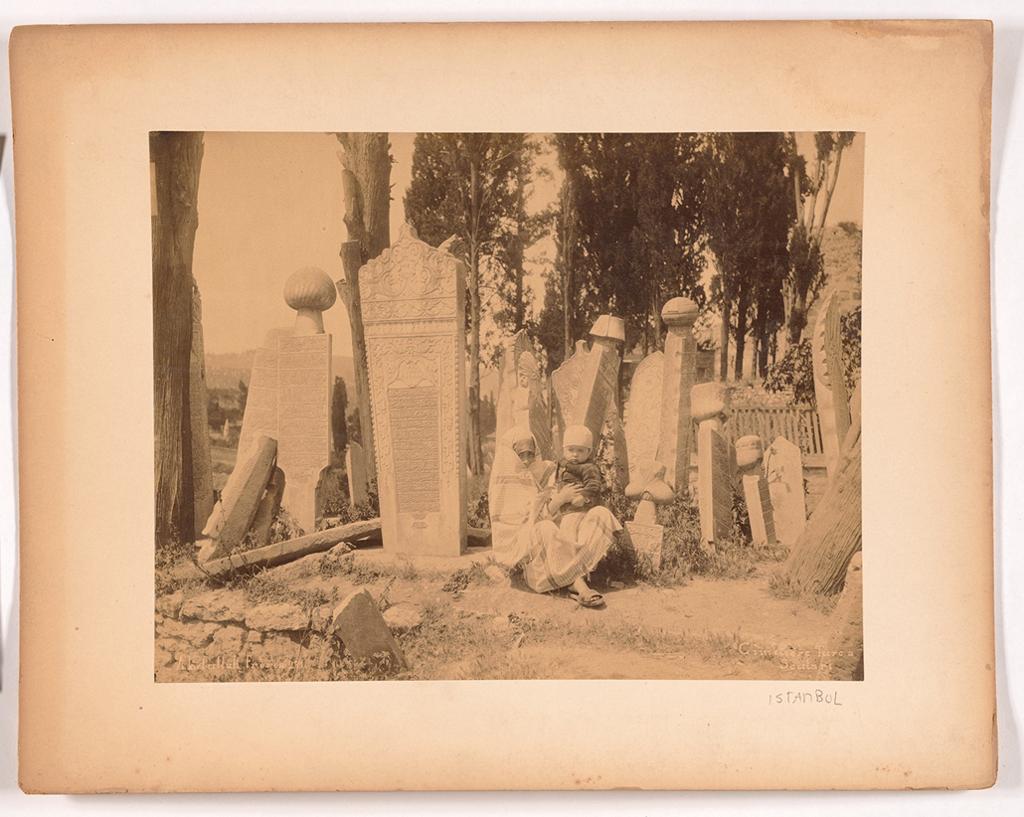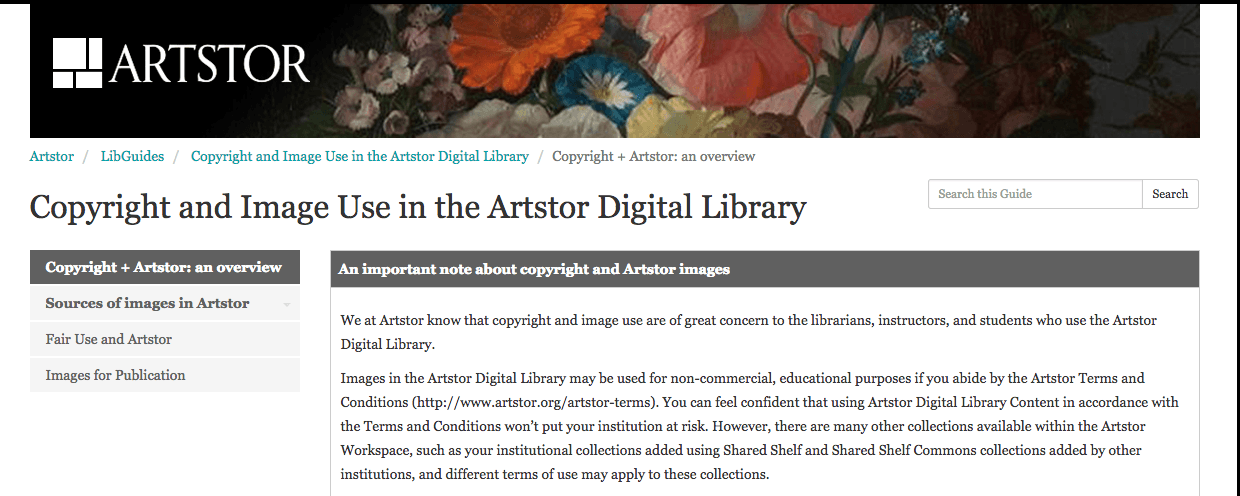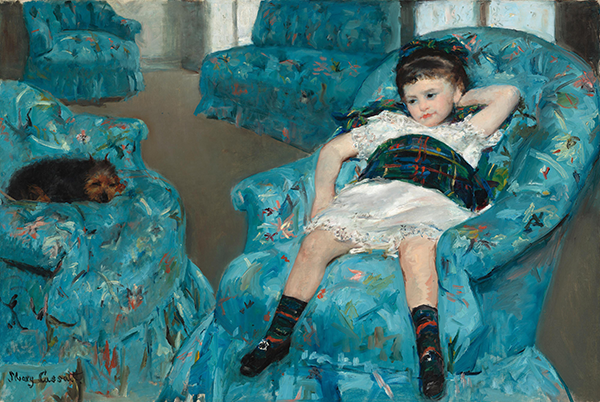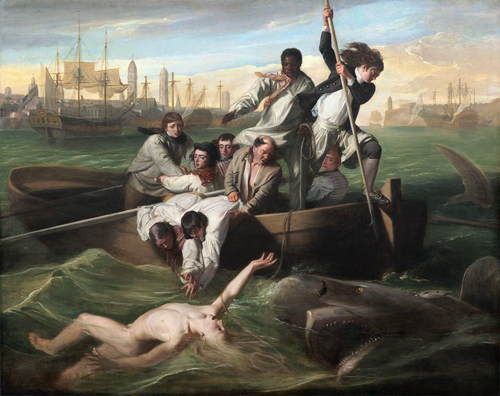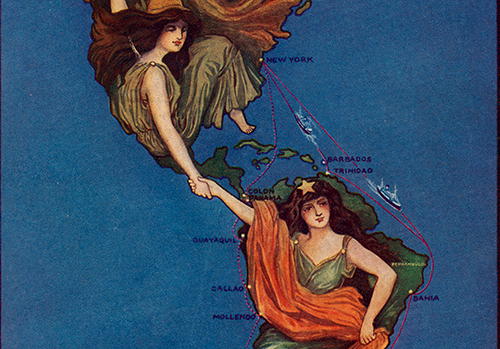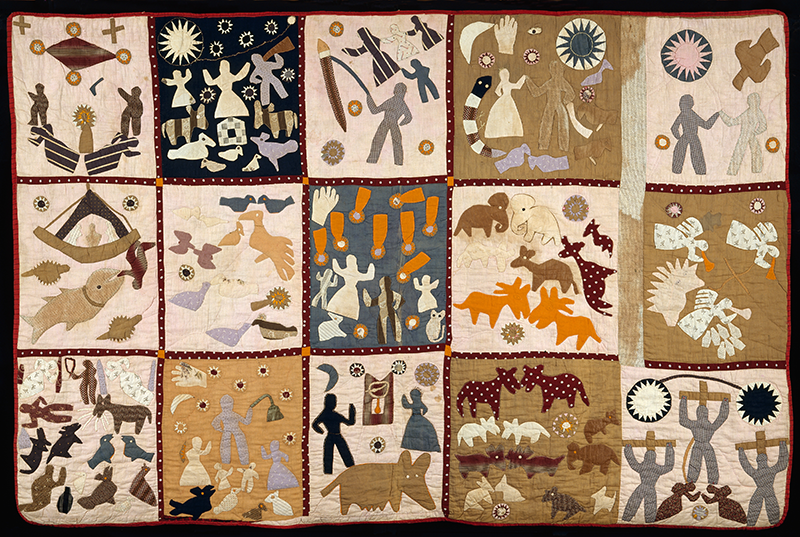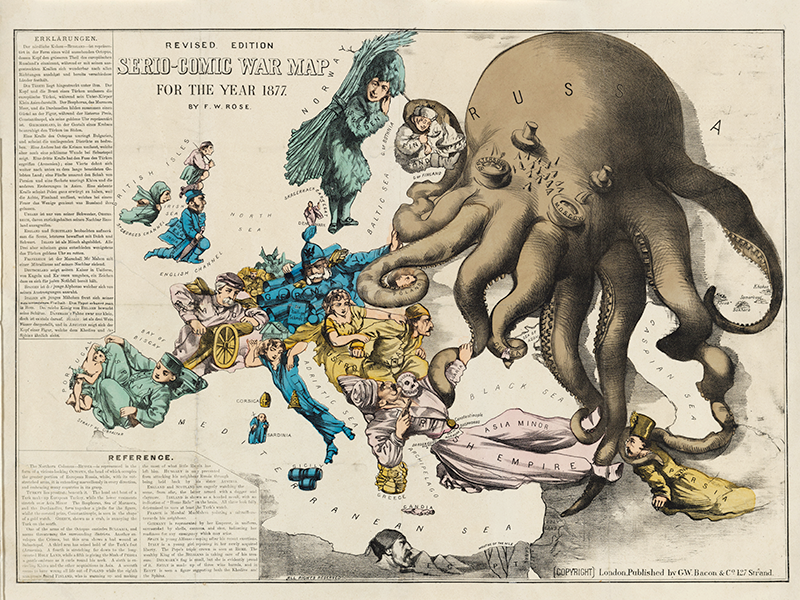
George Jones. “Punch” Bowl. 1870-1880. Image and original data provided by Majolica International Society.
“Majolica” is the word used to denote the brightly colored, low-fired earthenware commercially introduced by the Minton Company at the 1851 London Exhibition of All Nations. This was in accordance with Herbert Minton’s long-held desire to capture the market of the newly emergent Middle Class. Majolica, a Victorian phenomenon, was a huge success at the Crystal Palace and soon became a worldwide fad, with factories on three continents and Australia to satisfy the buying craze it had inspired. Deborah English, Librarian, The Marilyn Karmason Majolica Reference Library of the Majolica International Society (MIS), has provided a history of the wares to celebrate the addition of the MIS collection to the Artstor Digital Library.
Staffordshire potters first developed lead glazes of green and brown in the 18th Century, but it was not until Herbert Minton of Stoke-on-Trent brought the French chemist Leon Arnoux to England, that more vibrant colors began to appear. This was possible, thanks to Mr. Arnoux’s previous work with the sumptuous porcelain glazes of Sèvres. Mr. Arnoux also persuaded several prominent French sculptors to join him at Minton, including A.E. Carrier-Belleuse, Paul Comolera, and Pierre Emile Jeannest. They joined the already formidable staff that Mr. Minton had built, including Alfred Lord Stevens, Baron Carlo Marochetti, John Bell, A.W.N. Pugin, and others. Mr. Minton formally introduced his new ware at the Crystal Palace Exhibition in 1851, even though English potters and English-born potters in the USA had been working on the formulas for some time. Arnoux’s saturated colors were the radical boost the new material needed. It soon happened that an astonishing number of forms evolved, sometimes in bizarre combinations.
